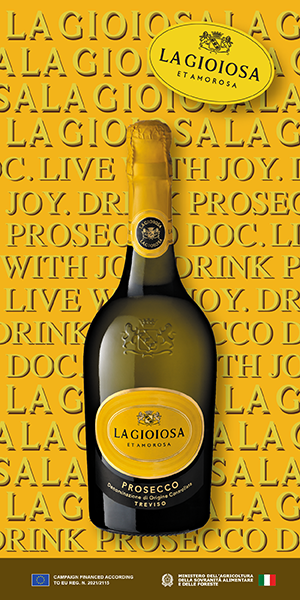I’m glad you wrote in this question. It points to the importance of thinking about our wines in the big picture sense (not to mention the importance of double checking before making additions). Decisions we make in the beginning can affect what decisions we may be able to make (or are forced to make) later on. In your case, you’re worried that your choice of yeast (Côte des Blancs) may keep your Chardonnay from going through malolactic fermentation later. The bad news is that yes, it may prevent it, but the great news is that there are a couple of things you can do to mitigate the problem.
First off, let’s talk a little more about your yeast. Côte des Blancs yeast is a very hungry yeast and a very “gourmet” eater. What this means for fermentation is that Côte des Blancs, while it chews through the sugar in your Chardonnay, is also gobbling up the amino acids, nitrogen, vitamins, and other micronutrients vital for a healthy fermentation. Unfortunately, malolactic bacteria happen to be what microbiologists call a “fastidious” fermenter. Like yeast, they too need some of these same micronutrients to survive, grow, and thrive. The good thing is that you can preemptively feed your juice or must with a well-balanced yeast food mix sold by companies like Lallemand, AEB, ATP Group, Laffort, etc. There are a lot of alternatives out there on the market — just pick a balanced one without a lot of diammonium phosphate, which one winemaker I used to work with called “junk food for yeasts.”
If you use a nutrient-needy yeast like Côte des Blancs you should also supplement your new wine with a malolactic booster like Opti Malo Plus after primary fermentation is over. These MLF-specific mixes carry a laundry list of micronutrients especially formulated to meet the needs of malolactic bacteria. I sometimes add a small dose of MLF nutrients to my wine anyway if I suspect I have any conditions that may inhibit malolactic fermentation like high alcohol, low pH, or low temperature. Malolactic bugs are notoriously picky about their environment, so it’s important to coddle them a bit to encourage them to do their job. Partial-ML wine must be stored cold or sterile filtered, both before and during bottling, in order to prevent this from happening. So unless you have the capability to do so (and not all micro-producers or home hobbyists do), then I suggest people put their whites through the malolactic fermentation for stability reasons.



